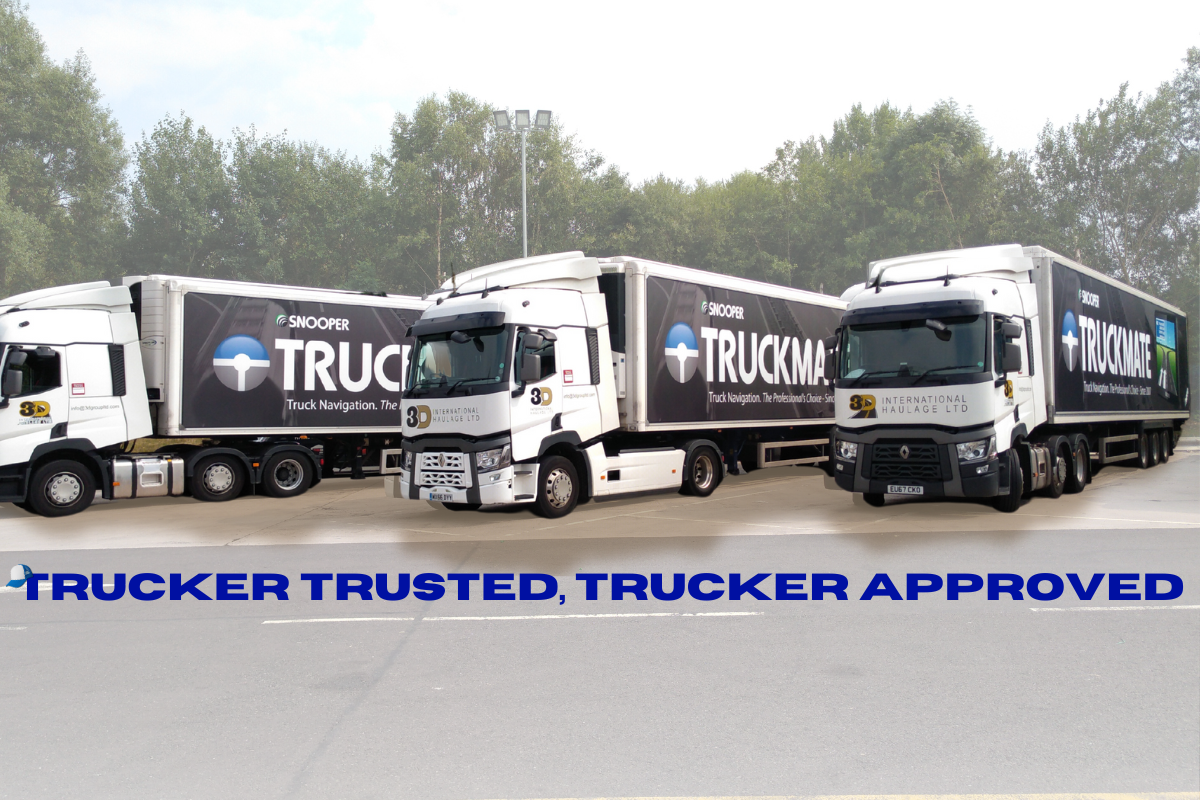In today's fast-paced and technology-driven world, efficient fleet management is crucial for the success of businesses that rely on transportation and logistics. Integrating cutting-edge tools and practices, such as advanced fleet management software and telematics, not only streamlines operations but also enhances safety, reduces costs, and ensures regulatory compliance. From real-time GPS tracking to implementing proactive safety measures, our article explores several key strategies that can revolutionise the way you manage your fleet.
Whether it's optimising fuel management, improving driver communication, or leveraging data analytics for better decision-making, these practices provide a comprehensive roadmap to maintaining a competitive edge and achieving operational excellence in fleet management.
Join as us we diverge into the nitty-gritty of fleet management, and show how we can help you perfect your fleet management.
Utilise Advanced Fleet Management Software:
Implement or upgrade to a fleet management system that offers comprehensive functionality including real-time GPS tracking, route optimisation, fuel management, vehicle maintenance schedules, and driver performance monitoring. This software can integrate data from various sources like dash cams and telematics devices to give you a holistic view of your fleet operations.
Adopt Telematics and GPS Tracking:
Use GPS tracking and telematics to monitor vehicle locations, route adherence, and driving behaviours such as speeding, harsh braking, and idling time. This data can help you optimise routes, reduce fuel consumption, and improve driver habits.
Implement Dash Cams:
Install dash cams to monitor and record driving practices and road incidents. This not only helps in improving driver safety and accountability but also can be crucial for defending against wrongful claims in the event of accidents.
Regular Training and Feedback for Drivers:
Establish a continuous training program that includes defensive driving, fuel-efficient driving practices, and proper vehicle handling. Use data gathered from telematics and dash cams to provide personalised feedback to drivers.
Scheduled Maintenance and Vehicle Health Monitoring:
Implement a preventative maintenance schedule based on mileage or engine hours. Use fleet management software to monitor vehicle health data and schedule maintenance proactively to avoid breakdowns and extend vehicle life.
Optimise Fuel Management:
Analyse fuel consumption data to identify areas where you can reduce costs. Implement fuel-saving measures such as optimising routes, reducing idle times, ensuring proper tire pressure, and training drivers in fuel-efficient driving techniques.
Enhance Safety Measures:
Besides using dash cams, invest in advanced safety technologies like automatic braking systems, collision avoidance systems, and blind-spot alerts. Promote a safety culture that encourages drivers to adhere to safety practices and regulations.
Leverage Data Analytics:
Use analytics tools provided by your fleet management software to analyse data and gain insights into operational efficiencies and areas for improvement. Regularly review performance metrics and adjust operations based on these insights.
Improve Communication:
Use mobile apps and communication tools to keep in touch with drivers in real-time. Efficient communication can enhance dispatching, provide quick responses to emergencies, and improve overall coordination.
Stay Compliant with Regulations:
Keep up-to-date with transportation regulations and ensure that your fleet complies with all local and national laws, including driver working hours, rest periods, and maintenance standards.






